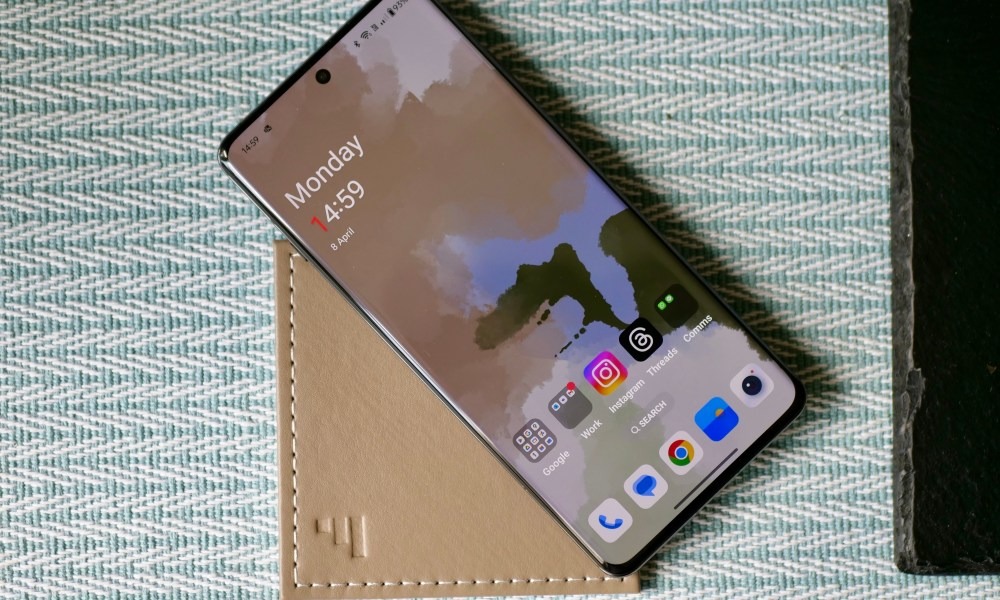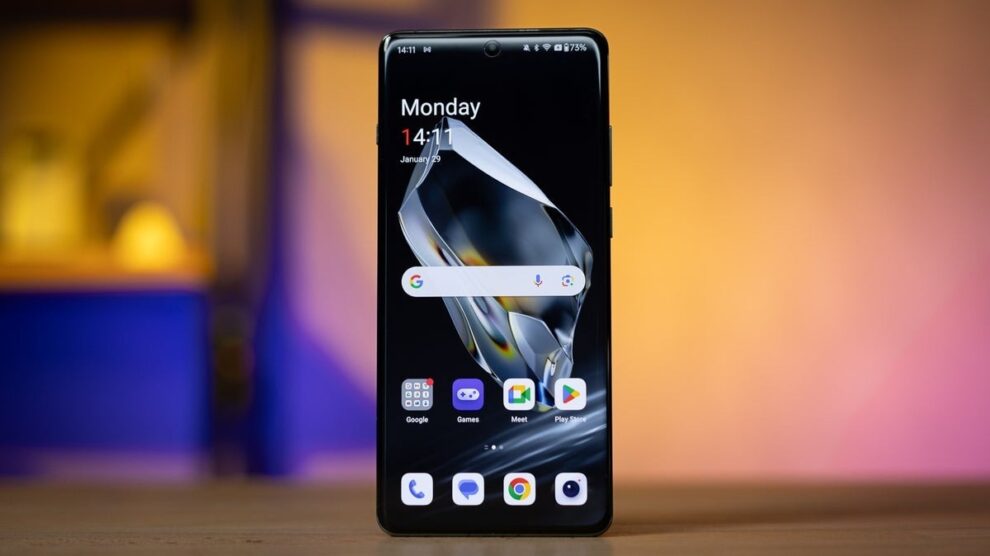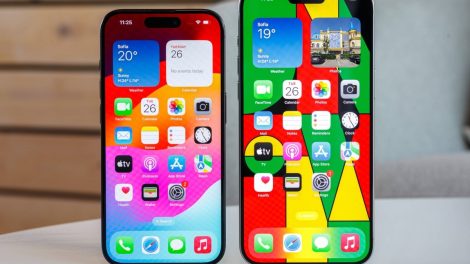In a move that could reshape the landscape of smartphone display technology, OnePlus has unveiled details about its upcoming OnePlus 13 screen at an event in China, in collaboration with display supplier BOE. Among the various claims made about the phone’s screen, one feature stands out as particularly innovative and potentially game-changing: the ability to support local high refresh rates. This means different areas of the same screen can operate at different refresh rates simultaneously, a significant leap forward from current smartphone display capabilities.

Understanding Local High Refresh Rate Technology
Current Smartphone Display Technology
To appreciate the significance of this innovation, it’s important to understand the current state of smartphone displays:
- Most modern smartphones offer variable refresh rates, typically ranging from 1Hz to 120Hz or even 144Hz in some cases.
- However, these refresh rates apply to the entire screen at once. When a phone switches to a higher refresh rate, it affects the whole display.
- This all-or-nothing approach can lead to unnecessary power consumption, as parts of the screen that don’t require high refresh rates are forced to operate at the higher rate.
The OnePlus 13 Innovation
The local high refresh rate feature in the OnePlus 13 allows for:
- Different areas of the screen to operate at different refresh rates simultaneously.
- More granular control over which parts of the display receive higher refresh rates.
- Potential improvements in power efficiency and user experience.
Potential Applications and Benefits
This innovative technology opens up several possibilities for improved user experience and power efficiency:
1. Video Playback Enhancement
When watching videos:
- The video content could run at a high refresh rate for smooth playback.
- UI elements and comments sections could operate at lower refresh rates to save power.
2. Web Browsing Optimization
While browsing the web:
- The main content area could maintain a high refresh rate for smooth scrolling.
- Static elements like toolbars and sidebars could run at lower refresh rates.
3. Enhanced Split-Screen Functionality
In split-screen scenarios:
- An e-book app could run at a very low refresh rate (e.g., 1Hz or 10Hz) in one window.
- A web browser or social media app in the other window could operate at 60Hz or 120Hz for smoother interaction.
4. Gaming Improvements
For mobile gaming:
- The main game area could run at the highest refresh rate for smooth gameplay.
- UI elements, minimaps, or chat windows could operate at lower refresh rates to conserve power.
5. Power Efficiency
Overall, this technology could lead to significant power savings by:
- Reducing the power consumption of areas that don’t require high refresh rates.
- Allowing for more efficient use of the device’s battery in various scenarios.
Technical Challenges and Considerations
While the concept of local high refresh rates is exciting, it likely comes with several technical challenges:
1. Display Hardware Complexity
- Implementing different refresh rates in different areas of a single panel may require advanced display hardware.
- Ensuring smooth transitions between areas with different refresh rates could be technically demanding.
2. Software Integration
- The operating system and apps will need to be optimized to take advantage of this feature.
- Developers may need new tools and guidelines to implement support for local high refresh rates in their applications.
3. User Experience Consistency
- Ensuring a seamless and non-distracting experience for users as they interact with different parts of the screen operating at various refresh rates.
- Balancing power savings with user experience to determine when and where to apply different refresh rates.
4. Battery Life Optimization
- While the technology promises power savings, real-world testing will be crucial to determine its actual impact on battery life.
- Balancing the power required to manage this complex display system against the potential energy savings.
Implications for the Smartphone Industry
The introduction of local high refresh rate technology in the OnePlus 13 could have far-reaching implications for the smartphone industry:
1. Competition and Innovation
- Other smartphone manufacturers may feel pressure to develop similar technologies to remain competitive.
- This could spark a new wave of innovation in display technology across the industry.
2. User Expectations
- As users become accustomed to more efficient and responsive displays, it may set new standards for smartphone performance.
- This could lead to increased demand for more sophisticated display technologies in future devices.
3. App Development
- App developers may need to consider how their applications can take advantage of local high refresh rate capabilities.
- This could lead to new design paradigms and user interface innovations.
4. Battery Technology
- If successful in significantly reducing power consumption, this technology could influence the development of battery technologies and power management systems.
Future Prospects and Potential Developments
Looking ahead, the introduction of local high refresh rate technology opens up several exciting possibilities:
1. Advanced AI Integration
Future iterations of this technology could incorporate AI to:
- Automatically detect and optimize refresh rates based on user behavior and content type.
- Predict user interactions to preemptively adjust refresh rates for smoother experiences.
2. Expanded Application in Larger Displays
The technology could be scaled up for use in:
- Tablets and foldable devices, offering even more significant power savings and experience enhancements.
- Laptop and desktop monitors, potentially revolutionizing how we interact with larger screens.
3. Integration with Other Display Technologies
Combining local high refresh rates with other advanced display features could lead to:
- More sophisticated HDR implementations.
- Enhanced VR and AR experiences on mobile devices.
4. Energy-Efficient Computing
The principles behind this technology could inspire:
- New approaches to energy-efficient computing beyond displays.
- Innovations in how devices manage and allocate resources dynamically.
Conclusion
The introduction of local high refresh rate technology in the OnePlus 13 represents a significant leap forward in smartphone display technology. By allowing different areas of the screen to operate at various refresh rates simultaneously, OnePlus and BOE have opened up new possibilities for power efficiency, user experience enhancement, and application design.
While the full impact of this technology remains to be seen in real-world usage, its potential to revolutionize how we interact with our devices is undeniable. As other manufacturers likely follow suit and developers begin to leverage this capability, we may be witnessing the beginning of a new era in mobile display technology.
The success of this feature in the OnePlus 13 could set the stage for widespread adoption across the industry, potentially changing user expectations and pushing the boundaries of what’s possible in mobile device displays. As we look to the future, it’s clear that innovations like these will continue to shape the evolving landscape of smartphone technology, offering users more immersive, efficient, and tailored experiences.










Add Comment